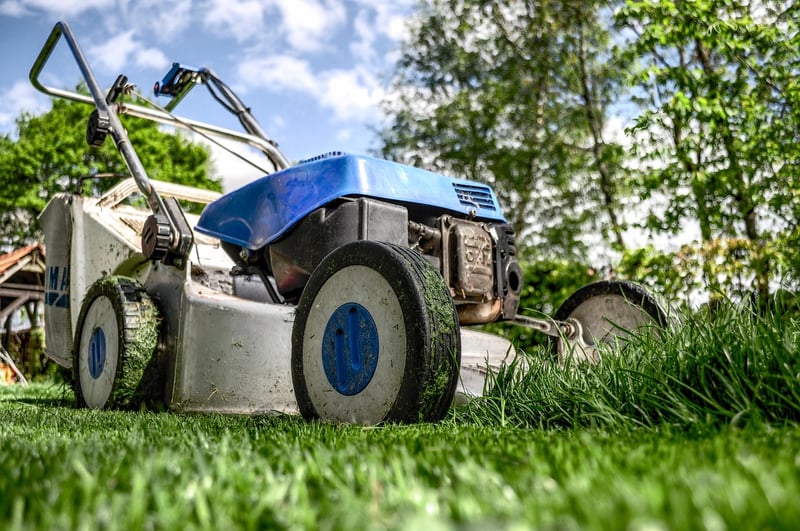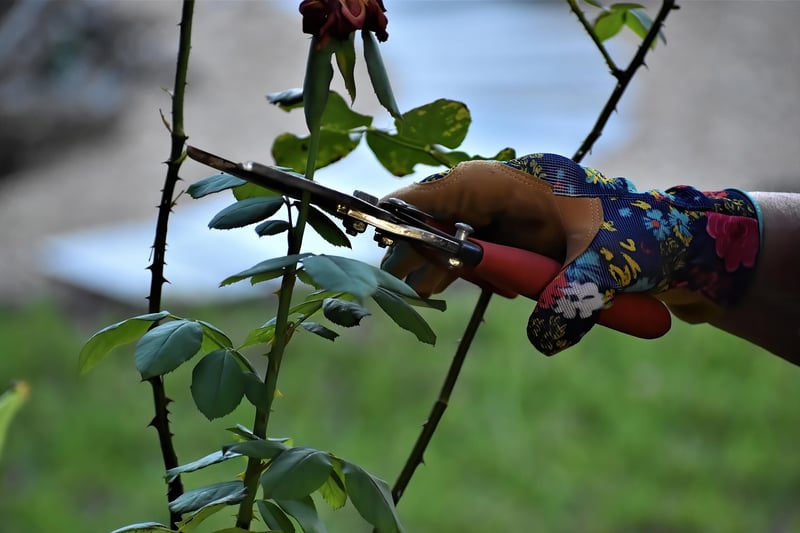Pruning Techniques
Keep Your Plants Healthy with Effective Pruning Techniques
Pruning is an essential practice to maintain the health and aesthetics of your plants. By removing dead or overgrown branches, you can promote new growth and improve the overall appearance of your garden. Here are some tips and techniques to help you prune your plants effectively:
1. Tools Needed for Pruning
Before you start pruning, make sure you have the right tools for the job. Essential pruning tools include sharp bypass pruners, loppers for thicker branches, pruning saws for large branches, and hedge shears for shaping hedges.
2. Timing is Key
It's important to prune your plants at the right time to avoid damaging them. Generally, the best time to prune is in late winter or early spring before new growth begins. However, some plants may require different pruning times, so be sure to research your specific plant species.
3. Remove Dead or Diseased Branches
Start by removing any dead, diseased, or damaged branches. This will not only improve the plant's appearance but also prevent diseases from spreading and promote healthy growth.
4. Prune for Shape and Size
Trim back overgrown branches to maintain the plant's shape and size. Focus on cutting just above a bud or lateral branch to encourage new growth in the right direction.
5. Avoid Over-Pruning
While pruning is beneficial, it's important not to over-prune your plants. Avoid cutting more than one-third of the plant's foliage at a time to prevent stress and ensure the plant can recover properly.
6. Pruning Techniques for Different Plants
Each plant species may require specific pruning techniques. For example, when pruning roses, make clean cuts at a 45-degree angle above a bud. For fruit trees, prune to open up the canopy and improve air circulation.
7. Clean and Sharpen Your Tools
After each use, clean your pruning tools with a disinfectant to prevent the spread of diseases between plants. Regularly sharpen your tools to ensure clean cuts that promote faster healing for your plants.
8. Monitor Plant Health After Pruning
Keep an eye on your plants after pruning to ensure they are responding well. Watch for signs of new growth, monitor for any pests or diseases, and adjust your pruning techniques accordingly.
By following these pruning tips and techniques, you can keep your plants healthy, promote new growth, and enhance the beauty of your garden.

For more information on plant care and gardening tips, visit www.gardening.com.
